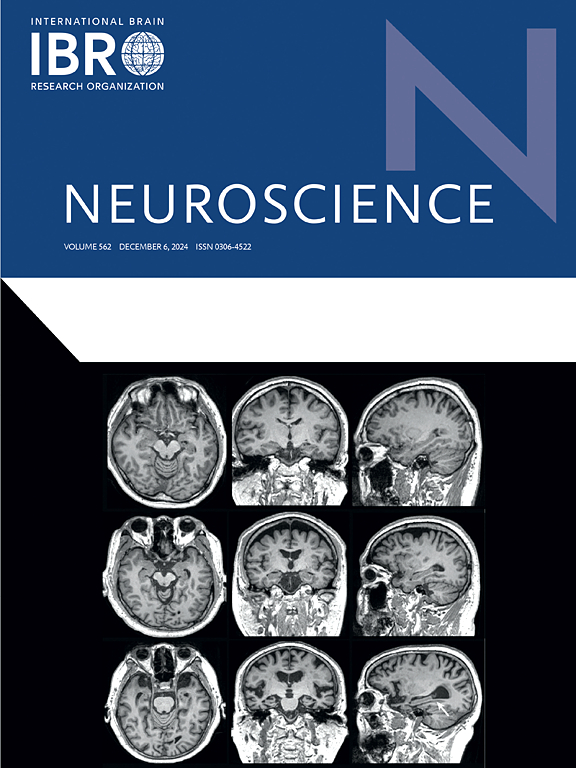10-year trajectories of triglyceride-glucose index and progression of vertebrobasilar artery stenosis: A multicenter hospital-based prospective longitudinal cohort study
IF 2.9
3区 医学
Q2 NEUROSCIENCES
引用次数: 0
Abstract
Background
The association between the triglyceride-glucose (TyG) index and the atherosclerosis has been validated by numerous evidences. However, the prospective relationship between long-term dynamic changes in the TyG index and the progression of vertebrobasilar artery (VBA) atherosclerotic plaques remained unclear.
Methods
This multicenter, hospital-based, prospective longitudinal cohort study included 1,336 patients with suspected stroke from January 1, 2004 to December 31, 2022. Baseline characteristics and vascular examinations were collected and performed at baseline. Patients were followed up for 10 years. The latent class trajectory modeling method was used to analyze the TyG index trajectories over the follow-up period. Cox regression was used to analyze the association of the baseline and trajectory of the TyG index with the progression of VBA plaques.
Results
During the follow-up (10.80 ± 2.30 years), VBA plaque progression was found in 175 participants. Cox regression analysis indicated there was a significant positive association between the baseline TyG index and the VBA plaque progression (HR 1.886, 95 % CI 1.166–3.050, P = 0.010). Two trajectories of the TyG index were identified in a total of 1,336 participants, the low-stable group and high-increasing group. Compared with the low-stable group, the odds ratio for the high-increasing group had a 3.156-fold (95 % CI 1.629–6.112, P = 0.001) risk of VBA plaque progression.
Conclusions
Our findings suggested that higher baseline and the high-increasing trajectory of the TyG index were associated with VBA plaque progression. People with high-increasing trajectories of the TyG index predispose to develop VBA plaque progression and deserve more attention and more aggressive preventive therapies.
求助全文
约1分钟内获得全文
求助全文
来源期刊

Neuroscience
医学-神经科学
CiteScore
6.20
自引率
0.00%
发文量
394
审稿时长
52 days
期刊介绍:
Neuroscience publishes papers describing the results of original research on any aspect of the scientific study of the nervous system. Any paper, however short, will be considered for publication provided that it reports significant, new and carefully confirmed findings with full experimental details.
 求助内容:
求助内容: 应助结果提醒方式:
应助结果提醒方式:


